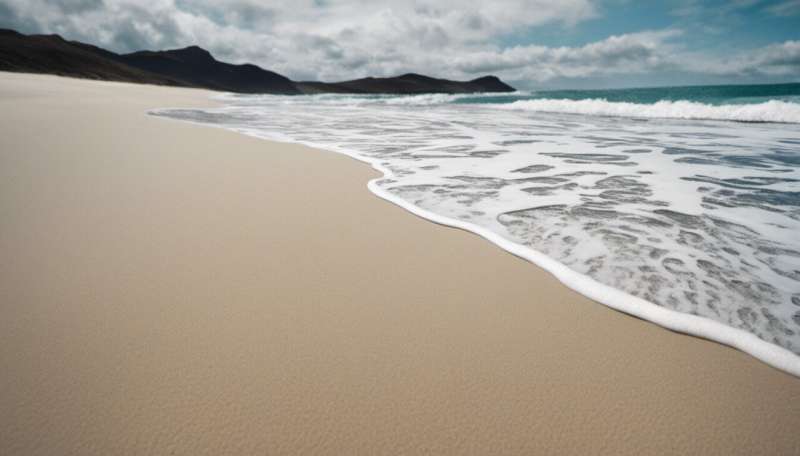

Why can't we get our drinking water from the ocean?
source link: https://techxplore.com/news/2022-02-ocean.html
Go to the source link to view the article. You can view the picture content, updated content and better typesetting reading experience. If the link is broken, please click the button below to view the snapshot at that time.

February 18, 2022
Why can't we get our drinking water from the ocean?
by CORDIS
 Credit: Emine Kamaci, Shutterstock
Credit: Emine Kamaci, Shutterstock
For centuries, people have been trying to divine freshwater from the ocean. Ships in the 16th century carried small distilleries that could be used in the event of an emergency to boil seawater. But trying to do this on a large scale cooks up equally large-scale problems.
"It's an energy question," says Frank Rogalla. "To desalinate water takes 10 times more energy than for any other water source." The carbon footprint of desalinating water is sizeable: industrial-sized desalination plants like Saudi Arabia's huge Ras al-Khair typically need their own power stations.
Although early desalination plants were based on boiling salt water, an energy crisis in the 1970s accelerated the rise of reverse osmosis plants, which use high pressures to push salt water through a membrane that leaves the salt trapped on one side. This uses about half as much energy as boiling the water, but still demands around 4 kWh to produce a cubic meter of potable water.
That makes other strategies for drought-stricken communities, such as water conservation and reuse, much more pragmatic. "Desalinated water is too expensive for most use cases," adds Rogalla. "It is expensive in infrastructure and energy costs, so it's a last resort." He says that desalination plants constructed in Spain fell into disuse when farmers refused to pay the high cost of the water they produced.
However, there are some tricks that might make salt water more palatable. The first is to avoid the oceans. "Rather that seawater, desalination typically uses brackish water as a starting point," explains Rogalla. This might come from aquifers that are considered too salty to use untreated, or estuarine sources. This is less salty than seawater, so requires less energy to desalinate.
In the EU-funded MIDES project, Rogalla led efforts to make the process even more efficient with the help of bacteria. These microbes were used to help carry salt molecules across a membrane, further reducing the energy needed to create drinkable water. Rogalla says: "The energy required for desalination is directly proportional to salt concentration, so if we can kick-start the process with microbial energy, we reduce the electricity needed."
For every liter of fresh water desalination plants produce, there is a leftover liter of water that is now twice as salty. Rogalla sees this as an opportunity: "There are nice salts in the water, like calcium and magnesium, ones that normally cost a lot to obtain." His team is exploring ways to extract the various minerals dissolved in this waste brine for commercial use.
So with increasing water scarcity, does Rogalla see desalination as the future? "It's an emergency measure, and only one part of a solution," he remarks. "First you should minimize use, and then reuse water when you can. Desalination is only for the highest need. Without these other actions, it is simply not sustainable."
Explore further
Recommend
About Joyk
Aggregate valuable and interesting links.
Joyk means Joy of geeK